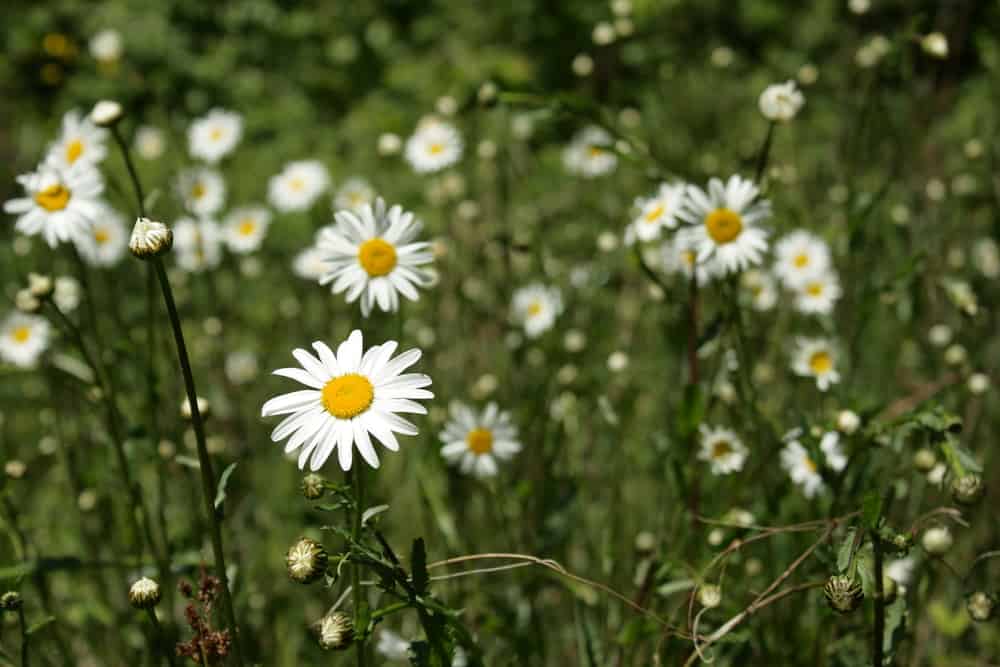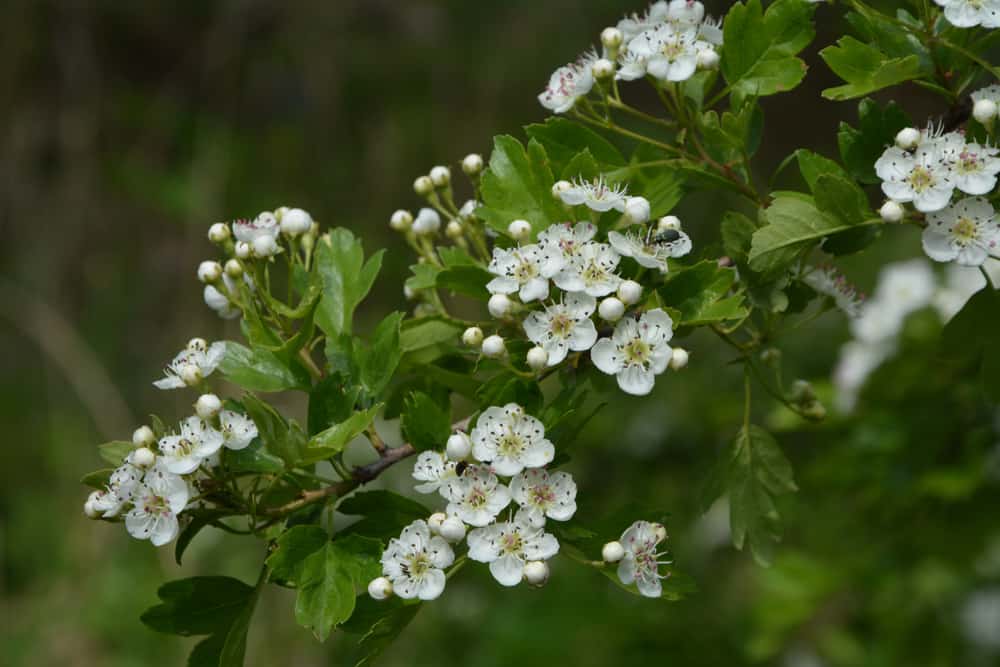…and foragable flowers, buds and leaves make gorgeous tissanes – and will always perk up your spice mixes, says expert Carl Mintern.

As we move closer to the heights of summer, the outdoors draws us more heavily with its mild temperatures, and longer days. What better time to go foraging for some delicious wild edible plants to celebrate the incoming heady days that summertime promises.
In May the hawthorn (Crataegus monogyna) bushes are heaving with blossom. Their blooms being a May staple is surely the reason so many May Day traditions of the UK feature their thorny branches. And these flowers can make a great addition to salads and other dishes as an attractive garnish.
The young growth of the flower buds and young leaves are all edible now before they mature later in the season, and can be used to make more of any side salad: indeed, at this time of year I would argue no salad should be denied the inclusion of a wild harvest.
Hawthorn can be found in many hedgerows all over the Blackmore Vale and beyond, and on waste ground
and woodlands. It flowers from now to midsummer, sporting five petalled flowers that smell faintly of almonds, with deeply lobed leaves on its thorny thin branches.

Mild and succulent leaves
Next up, the lime (Tilia cordata) tree is one you really ought to include on your itinerary of May foraging. The young, heart-shaped leaves of small-leaved lime (and other species of lime) are not only edible, but entirely delicious and can make up the bulk of a decent salad. Mild and succulent, they have a great flavour that isn’t tainted by the bitterness associated with many wild salad greens.
Be sure to harvest the young leaves though, before they mature and get a papery texture. If you are really
lucky, you may even find an aphid farm, curated by ants, which has excreted a silvery substance on your leaves. If so, this is a real prize, as it is almost as if the leaf has been dipped in honey. This substance is the
equivalent of aphids making lime syrup from the sap for you and leaving it behind.
The lime tree is one of the trees that is found growing wild in any space where such habitat is preserved, but also cultivated in parks and the like, making it another easy to find specimen for novice foragers.
My last choice for May’s Foraging guide is the oxeye daisy (Leucanthemum vulgare).
Sometimes also called the dog daisy, oxeye daisy is a plant no doubt you will already recognise which offers up to us both its flowers and flower buds as table fare. In addition, the leaves are also edible, although tend to become bitter once the flowering has begun – so be sure to harvest only leaves from younger plants.
Growing almost anywhere grass grows and isn’t too manicured, the oxeye daisy is another incredibly common plant one can pursue with little trouble and will likely be available right through into September or even October.

blooms twice a year, once in May and again around Christmas. A sprig of one of these Glastonbury thorns from outside St Johns Church is traditionally sent to the Queen. She is said to decorate her breakfast table with it on Christmas morning.
Think beyond salads
Once harvested, the fun has only just begun as there is a plethora of uses for the edible parts of this much overlooked plant. As mentioned, the leaves can be added to salads, and the flowers are often cooked in a simple tempura batter (recipe here). Just the petals can be used to liven up any dish as a garnish (have I mentioned before that no salad should ever be without some wild flowers?!) but there are many uses even beyond this.
Dried leaves and flowers can be stored and used to make teas when they are out of season, and the fresh versions can be used likewise straight away. The dried leaves can be crushed and used to add to herb mixes, and the flower buds can be pickled like capers.
For me, my love of foraging begins and ends in the kitchen, and what better way to spend your May evenings than by enjoying a wild salad with lime and hawthorn, with some daisy tea as the sun sets, before
setting about preserving your produce in the kitchen, pickling and drying. Productive bliss, a gift from
May’s bounty.
by Carl Mintern
See details and availability of Carl’s local foraging courses on his website Self sufficient Hub here

